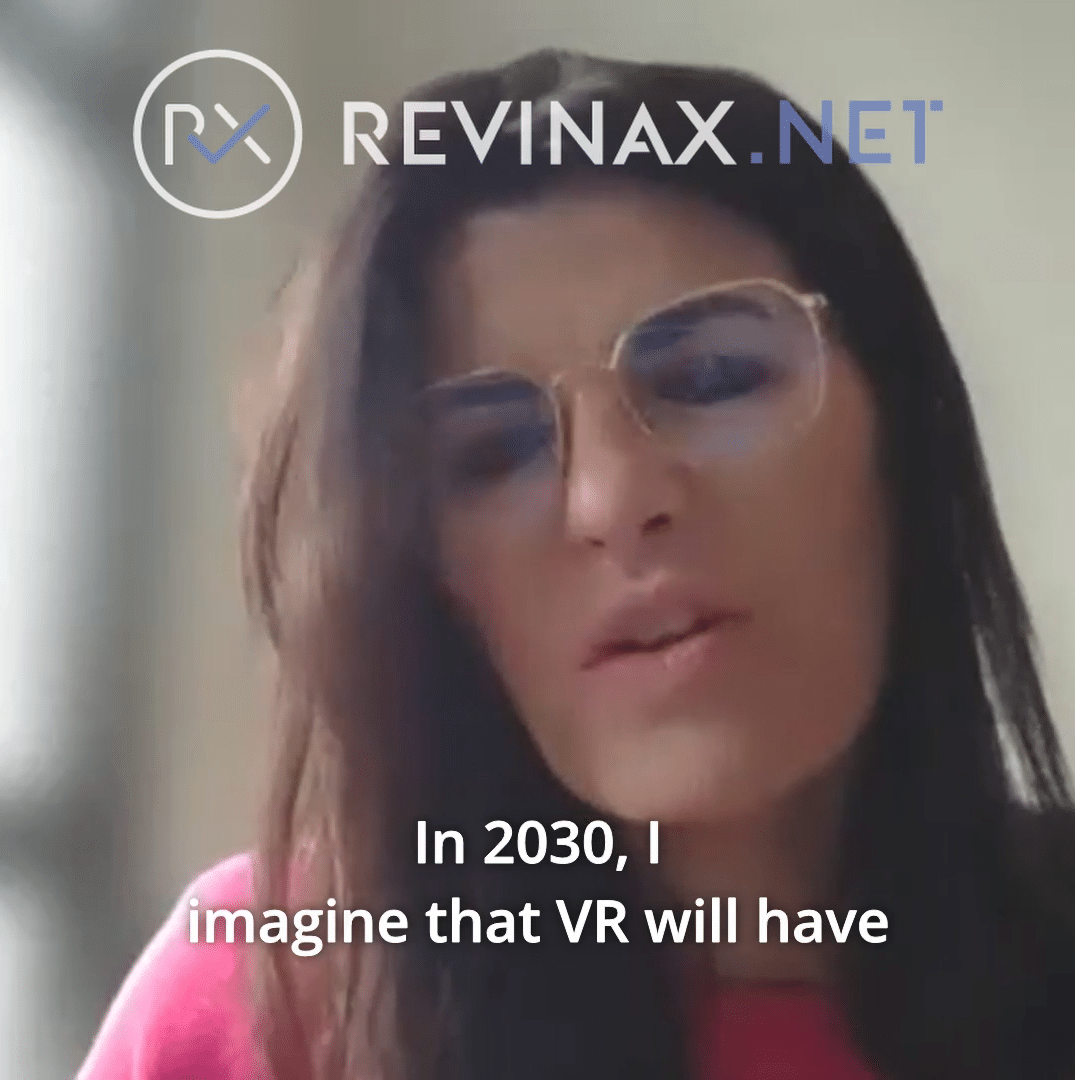Virtual reality (VR) and augmented reality (AR): these terms have invaded the Internet and, to a certain extent, our daily lives, with gaming, videos, Google Street View, virtual visits to museums, etc. Training and learning have not escaped this trend, which offers real prospects for development.
To know exactly what these terms cover, the differences between them, and the issues involved, here is an update on the technological and material developments in this booming field.
Virtual and augmented reality: principles and nuances
Although close, and even sometimes confused, virtual reality and augmented reality are not the same thing.
Virtual reality or VR
Virtual reality consists of creating a virtual environment. How? By offering users an immersive experience, disconnected from their usual environment.
Virtual reality encompasses different types of immersive experiences:
- those based on real-world content, using 360° video (or 180° video from a first-person point of view),
- those based on digital content created on a computer.
It is accessed using a headset: VR headset, head-mounted display (HMD) or video headset.
Augmented reality, or AR
Augmented reality assumes that users are in their usual environment, but that digital elements are added to this environment.
It is accessible through different media: AR headset, smartphone with an AR application, etc.
The equipment necessary for augmented reality and virtual reality
Virtual reality: VR headsets and their characteristics
1. VR headsets for smartphone
Users simply slip their smartphone into the slot of the headset provided for this purpose, turning the smartphone into a virtual reality screen. Thanks to the performance of most mobile phones these days, the VR headset for mobile phone is an excellent entryway into the VR universe.
Example: the cardboard

With a simple design (literally a cardboard box: the cardboard is basically made of cardboard and ocular lenses). It is also simple in principle: just slide the smartphone into the cardboard. Users interact with the environment using a lever, their gaze, or a button. There is a plethora of brands. This type of mask is less comfortable than a conventional mask; however, it provides good VR immersion, because smartphones now produce very high-quality rendering.
2. Conventional VR headsets
These headsets are either connected to a powerful PC by one or more cables (HDMI or USB), or completely autonomous “all-in-one” units.
The “degrees of freedom” (DOF) of a VR headset: 3 DOF or 6 DOF

The degrees of freedom of a headset are related to the number of movements identified by the virtual reality sensors.
There are two kinds of DOF:
- 3 DOF corresponds to 3 head movements: Tilt right and left (roll), tilt up and down (pitch), turn right and left (yaw).
These headsets have a single remote-control lever for interaction.
Examples: Oculus Go, Pioneer (no longer made), and Pico G2HK, have the best quality/price ratio.
- 6 DOF corresponds to 6 movements: 3 head movements and 3 movements in space: move forward and backward (surge), move right and left (sway), move up/down (heave).
These VR headsets require two levers. It is possible to move around inside the environment.
They offer a greater capacity to explore the environment and generally allow more interaction than the 3 DOF. However, they also have their drawbacks: they have a higher cost for companies, and they can only be accessed with a Facebook account. In addition, the number of levers and buttons increases the learning curve. The future is moving toward the development of hand-tracking, eliminating the need for levers.
Examples: Oculus Quest then Oculus Quest 2 (Facebook – Meta / Note that it has the same resolution as 3 DOF G24K) HTC Vice, and Pico Neo.
Augmented reality: the media required
1. Augmented reality on mobile phone
Integrating digital content into the real world: This is the principle of augmented reality on a mobile phone. Doing this requires just two things: a smartphone camera and an augmented reality application.

There are many apps, in a wide array of fields: Ikea Place or Myty AR for decor and furnishings, Civilisations AR for history, Quiver for children, Just a Line to add drawings to a video, and Star Walk 2 to learn about stars and constellations, are just a few of the apps that are meeting with increasing success.
2. AR headsets
New objects are created that give the illusion of being part of real life, integrating digital elements of interest to the user. With an augmented reality headset over the eyes, our reality changes and is enhanced in a completely convincing way.

The main headsets on the market are the Microsoft HoloLens and Magic Leap, but other attempts have been made (Google Glass) or are in progress, such as the prototype of the Swiss startup Aegis Rider, which gives motorcycle riders route suggestions, or People Lens, launched by Microsoft for the visually impaired.
A technological advance toward the future
Mixed reality
Mix virtual reality and augmented reality? Why not? The principle is to integrate virtual content into a real environment and make the two interact. Virtual objects added in this way can be hidden by elements of the real world. It can be accessed using glasses, headsets, electronic bracelets.
New uses are still being created in some cases, and the technology giants – Apple and Meta (formerly Facebook), in particular – are taking different approaches to the subject: more VR-oriented for Meta, and more AR-oriented for Apple. This field of research is also presented as the “Metaverse,” it’s marketing name.
Technology in the service of medical education
The French company Revinax puts all of the options offered by VR to use for training in the medical field. With expertise in both surgery and pedagogy, the co-founders are surrounded by specialists in virtual reality, knowing the constraints inherent in filming with 360° immersion in the operating room, 180° video in FPV*, and the development of synthetic images.
The result is a complete educational environment, designed to favor both immersion and interaction. Their immersive tutorials are accessible as a cardboard + smartphone version or with a VR headset. In the latter case, the headset represents a complete classroom, built with a predefined instructional design minimizing the number of levers and leaving the hands free to reproduce the right surgical gestures.





